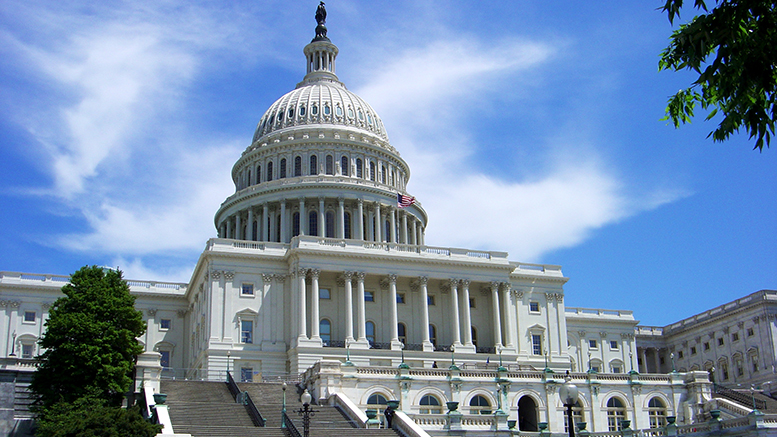House Education and Workforce Committee Democrats launched the Aim Higher campaign Monday to help increase college access, affordability and completion for Americans.
Aim Higher is meant to “empower all students to aim higher and fulfill their potential,” said Rep. Susan Davis (D-Calif.), the ranking Democrat on the Subcommittee on Higher Education and Workforce Training.
Through policy and legislation, the committee will work to expand college access in a way that recognizes the changing demographics of students, and will “recognize there are different pathways” students may take, Davis said on a press call Monday. Democrats also released an Aim Higher fact sheet.
Increasing access means increasing affordability. The “meat and potatoes” of improving affordability will be through expanding the Pell Grant program and reforming the federal student loan system, said Rep. Bobby Scott (D-Va.), ranking member of the committee.
Davis plans to introduce a comprehensive bill to make Pell sustainable and ensure it helps more Americans. The program has not kept pace with inflation, she said, and now covers the smallest share of college costs since its inception.
The hope is not only to increase the amount of money for Pell grants, but also to make it mandatory spending “so we don’t have to fight over it for annual appropriations,” Scott said. He also wants the income threshold increased so more people can access the grants.
Better numbers
Improving data is critical to reaching the goals of Aim Higher.
One problem: “Pell Grant students can be invisible in [federal] IPEDS data,” said John B. King, former education secretary and now president and CEO of the Education Trust.
Data also can be a barrier to completion efforts. Through Aim Higher, the committee wants more federal investment in evidence-based programs that promote completion. When looking at how students are faring, though, the “education data infrastructure doesn’t help us enough with that,” Davis said.
To improve completion rates, there’s also a need to “incentivize and demand institutions improve outcomes for students,” King said.
These reforms will cost money, Scott said, but “it’s a matter of priorities.”
FAFSA update
Scott said a positive reform that’s already taken place was the simplification of the Free Application for Federal Student Aid (FAFSA), and the ability to import tax data into the form. But there’s been an ongoing outage of an IRS data retrieval tool since March because of identity theft concerns. A hearing was held earlier this month on the topic and “the witnesses did not give a lot of encouragement about being able to fix it,” Scott said. He added that he “didn’t get a sense of urgency.”
Scott considers it an “unnecessary complication,” and said that complications with the FAFSA form create “a barrier to getting a decent higher education.”

